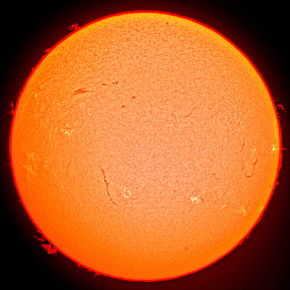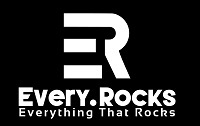It’s Hot ~ It’s Summer
You’ve probably noticed, it’s very hot outside! While for most, it’s a sign if summer arrived, fun and trips to the beach, it’s also got something else going on that you need to make sure that you’re prepared for the down side: Heat Stroke and Heat Exhaustion

Heat Exhaustion
Simply put, heat exhaustion is where your body is overheating. It most often occurs in the summer, because of the increase in external heat. It’s easier to overheat when it’s hot out, then when it’s cool or cold. Clearly because in winter it’s cold and that helps keep your temperature lower. That has it’s own issue, that will be discussed at a later time, for now we’re focusing on heat exhaustion. Because it’s hot out, you’re more active, which is fine. But it also means that you have to have cooling come from another source. It can be that you stay indoors, but if that’s not possible, you have to make sure your hydrated and hydrated well.

Hydration
Hydration doesn’t mean that you drink diuretics. That means that things like coffee, tea and beer doesn’t count for fluid intake. It means that you need to drink lots of water. You may not be a fan of water, but if you knew that you would be getting heat exhaustion, you’d make sure that you drank a lot. And if you knew that you were going to be staying the night in the hospital, you also would have made sure that you took in enough water.
Signs And Symptoms
It’s one thing to have heat exhaustion and it’s another to know that you have it. If you don’t know, you’re likely to continue to do the same behaviors until you literally drop. Consider the following signs and symptoms that may indicate that you have heat exhaustion:
- Confusion.
- Dark-colored urine (a sign of dehydration)
- Dizziness.
- Fainting.
- Fatigue.
- Headache.
- Muscle or abdominal cramps.
- Nausea, vomiting, or diarrhea.
If you have been in the active in the heat (yes, this includes walking) and exhibit any number of these symptoms go and see a doctor immediately.
Heat Stroke!
Heat stroke is not the same thing as heat exhaustion. To begin with, it’s more sever. Where it is related to heat and to much of it, it’s where the heat regulator in the body actually shuts down. If you will, the heat regulator in the body breaks and can’t cool the body down. The end result is death. Keeping cool and hydrated suddenly isn’t a game, it’s life and death.

Signs And Symptoms
If you or a loved one have any of these signs and symptoms, get medical help immediately.
- Altered mental state or behavior.
- Alteration in sweating.
- Flushed skin.
- Headache.
- High body temperature. A body temperature of 104 F (40 C) or higher is the main sign of heatstroke.
- Nausea and vomiting.
- Rapid breathing.
- Racing heart rate.
Medical Treatment
As you’ve seen, heat stroke is a life and death issue. If you don’t die from it, consider the following health issues that can result from heat stroke!
- Brain damage
- Heart Damage
- Kidneys and muscle damage
- Death
So what causes the difference in degree of injuries and damage from heat stroke? The length of time that it takes to receive treatment. If you’re not sure what’s going on, get to a hospital immediately. If you’re to far from a hospital go to an MD based urgent care. They are technically emergency room doctors and they can at least get treatment started and call for an ambulance!
Conclusion
Heat exhaustion and heat stroke are no laughing matters. They can alter your quality of life forever. It’s something that can come on suddenly and severely. Remember to, that you can head either of these off by short periods in the sun as well as plenty of fluids. This is especially critical after coming off of winter.













